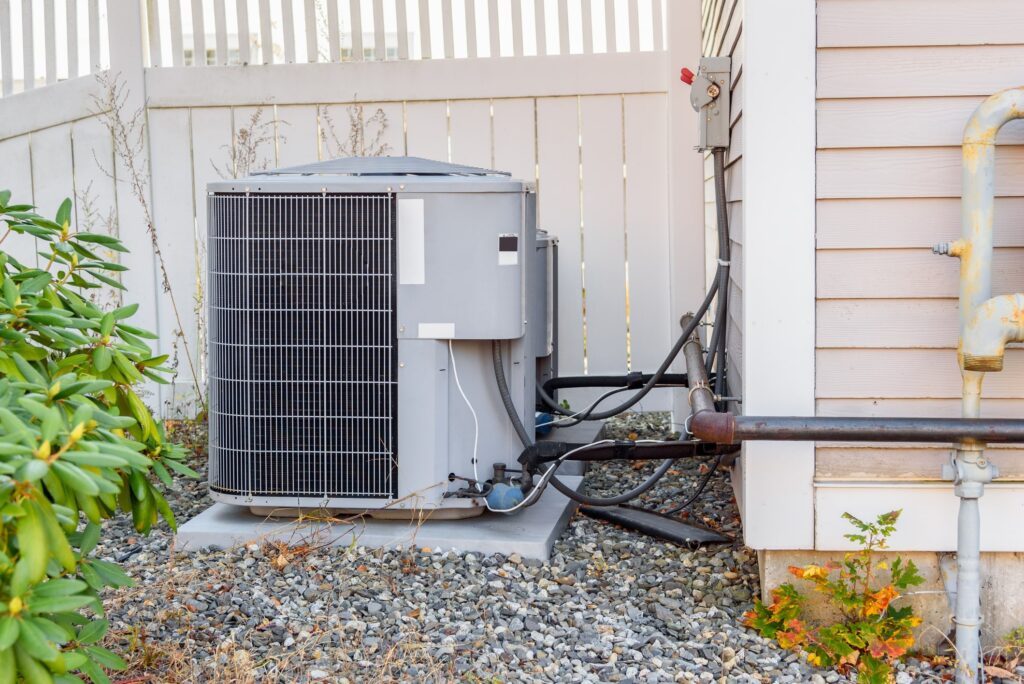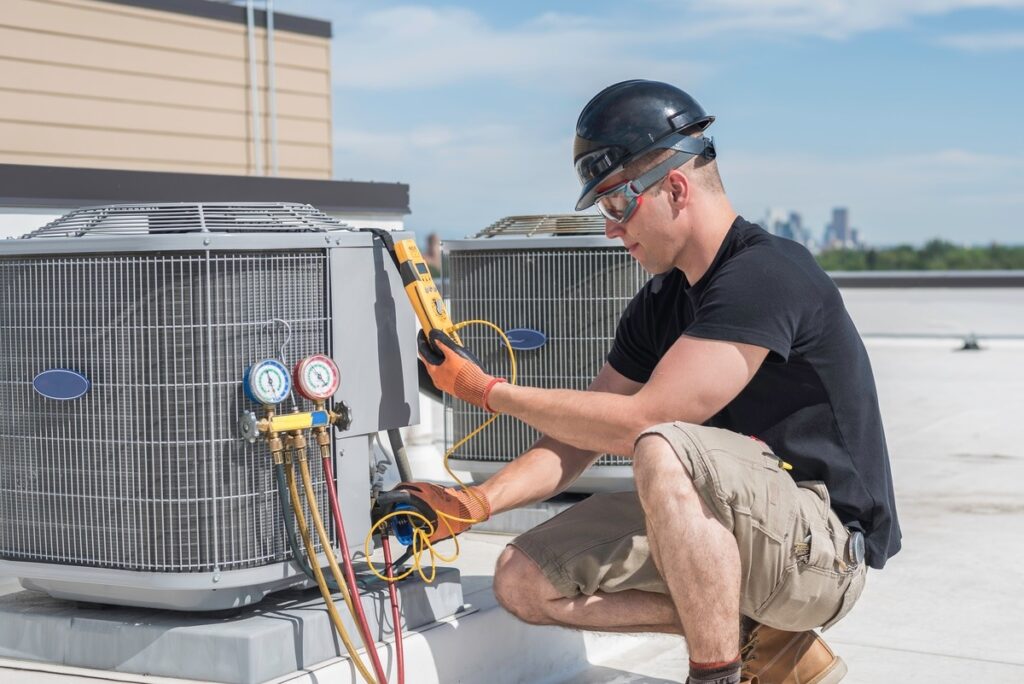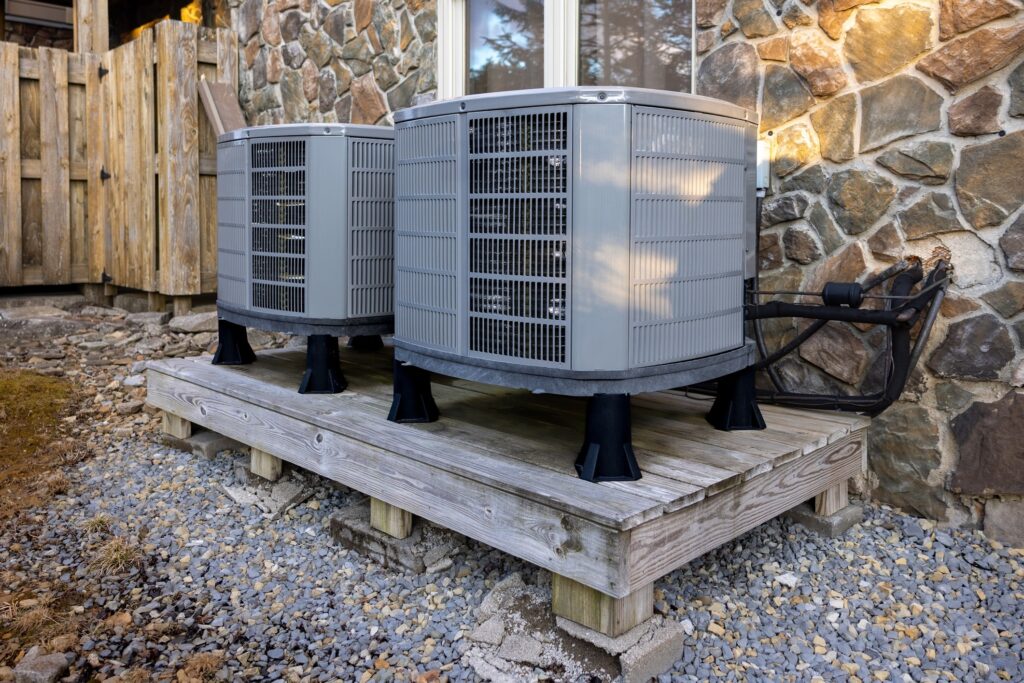As hurricane season ramps up in South Florida and other coastal regions, it’s critical to safeguard not only your home and belongings but also one of the most expensive and essential systems in your house—your HVAC system. Properly preparing your heating, ventilation, and air conditioning system before a hurricane can help prevent costly damage, reduce downtime, and ensure your comfort after the storm passes.
1. Turn Off the System Before the Storm Hits
As a hurricane approaches, one of the most important steps you can take is to turn off your HVAC system. Power surges, lightning strikes, and flying debris can all cause serious damage. Shutting the system off at the thermostat and the circuit breaker helps protect it from electrical overloads or mechanical damage during a storm.
2. Secure the Outdoor Unit
Your air conditioner’s outdoor condenser unit is particularly vulnerable to strong winds and flying debris. If possible, anchor the unit to a concrete base using hurricane straps or specialized brackets. Clear any nearby loose items like patio furniture, tools, or yard décor that could become dangerous projectiles. If you expect heavy flooding, consider installing a raised platform to keep the unit above potential water levels.
3. Cover the Outdoor Unit
Using a protective cover or tarp secured with bungee cords can shield the unit from flying branches and heavy rain. However, only cover the unit when it is turned off and you’re sure the storm is imminent. Remove the cover once the storm has passed to avoid moisture buildup and mildew.
4. Protect Your Thermostat and Wiring
If your thermostat is mounted in an area prone to water intrusion, consider covering it or using waterproof sealants around vulnerable points. Also, inspect the wiring and conduit to your HVAC system for any signs of wear or exposure—replace anything that looks fragile before the storm hits.
5. Schedule a Pre-Storm Inspection
Many HVAC companies offer pre-season inspections for hurricane readiness. A technician can check refrigerant levels, secure connections, and ensure drainage lines are clear. They may also recommend upgrades or reinforcements specific to hurricane-prone areas.
6. After the Storm: Inspect Before Restarting
Once the storm passes and power is restored, do not turn your system back on immediately. Inspect the unit for visible damage, flooding, or debris. If in doubt, call a licensed HVAC technician to inspect the system before powering it back on.
Final Thought
Taking the time to hurricane-proof your HVAC system can prevent thousands of dollars in damage and give you peace of mind during and after the storm. A little preparation now can keep your cool when the weather turns wild.



